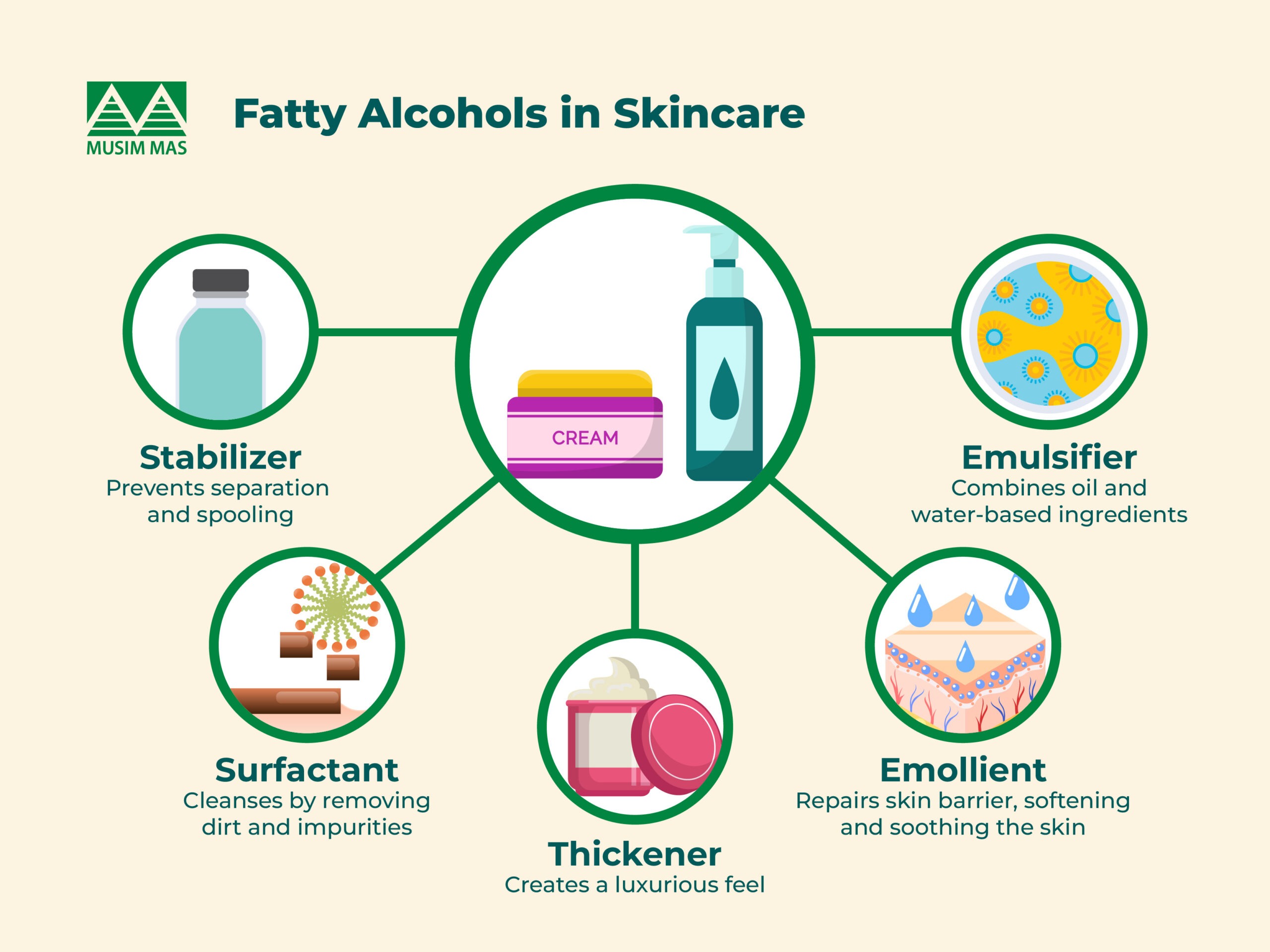Vinyl flooring has risen to fame very fast among homeowners and interior designers because of its versatility, affordability and ease of maintenance. Instead of old-time materials like hardwood or ceramic tiles, one can go for a vinyl replacement. It is available in enormous styles, colors and implemented patterns to emulate the look of wood, stone, or even ceramic at a fraction of cost. Whether you want to remodel your home or are looking for budget-friendly flooring, the outcome of vinyl flooring installation is a practical one with nice-looking aesthetics. Several companies offer vinyl flooring repair in Singapore.
When upgrading your home’s flooring to durable and stylish vinyl, it’s essential to protect your furniture and belongings during the renovation process. Utilizing self storage like the storage units Calgary can provide a practical solution to securely store household items temporarily. Facilities like Bluebird Self Storage offer climate-controlled units and flexible leasing options, ensuring your possessions are protected from dust and damage. This arrangement allows you to maintain a clutter-free environment, facilitating a smoother and more efficient flooring installation experience.
Benefits of Vinyl Flooring
Vinyl flooring has a major advantage over other floorings. That advantage comes from its durability. It is manufactured from synthetic materials and is specifically designed to withstand heavy foot traffic and daily wear and tear. Therefore, it makes an ideal flooring material for harsh places. In addition to that, heritage soft feelings underfoot and has a way of being quieter than most other harder flooring materials. This adds to the comfort of your living spaces.
Types of Vinyl Flooring
The types of vinyl flooring need to be discussed before any installation procedure. In broad categories, the floor types seem to have been so well defined that we have essentially sheet vinyl on the one hand and either vinyl plank or tile flooring on the other. This sheet vinyl, made in big rolls, is most frequently cut to size to cover the entire floor with a minimal number of seams. This quality renders it quite worthy of consideration for areas that face a lot of moisture. Visit the web pages of companies like Handyman Singapore to learn more about the types of vinyl flooring.
Vinyl plank and tile flooring, as opposed to other types of flooring, are aesthetic representations of nature and are sold for installation in individual pieces. This includes Luxury Vinyl Plank (LVP) and Luxury Vinyl Tile (LVT). Both options come with some great instant class. They are installed with either glue-down or click-lock mechanisms.
Installation Procedure
Installation procedures regarding the vinyl floor can differ from one type chosen to the other; however, several steps in the installation process remain the same. Proceed with initial preparation of the subfloor. This includes ensuring the surface is properly cleaned, thoroughly dry, and level concerning the installation of the vinyl. Otherwise, the irregularities present in the subfloor will show up as imperfections on the surface, thereby shortening the usable life of the vinyl flooring.
When the subfloor is finished, vinyl flooring is measured and cut to fit the specific dimensions of the room. Sheet vinyl can either be glued down by applying adhesive to the subfloor or it can be installed in planks or vinyl tiles using a click-lock system. Glue-down method can be used if a more permanent installation is desired, particularly in highly trafficked areas.
Once the vinyl is laid down, any seams are sealed (if necessary), and the trim or moldings are reinstalled to achieve a complete look for the floor. The next step in the process is cleaning the floor to make it fit for use. After cleaning, it can be allowed to set for a day or two before putting heavy furniture on it.
Conclusion
Vinyl flooring installation combines style, durability, and affordability. With tons of designs and ways of installing it, vinyl flooring fits practically anywhere in one’s home while withstanding everyday use. Whether a simple DIY affair or a professional job, good preparation and a good understanding of the installation process set the installation off on the right foot. Vinyl flooring remains a popular choice among modern living—balancing comfort, practicality, and everlastingly pleasing looks.




